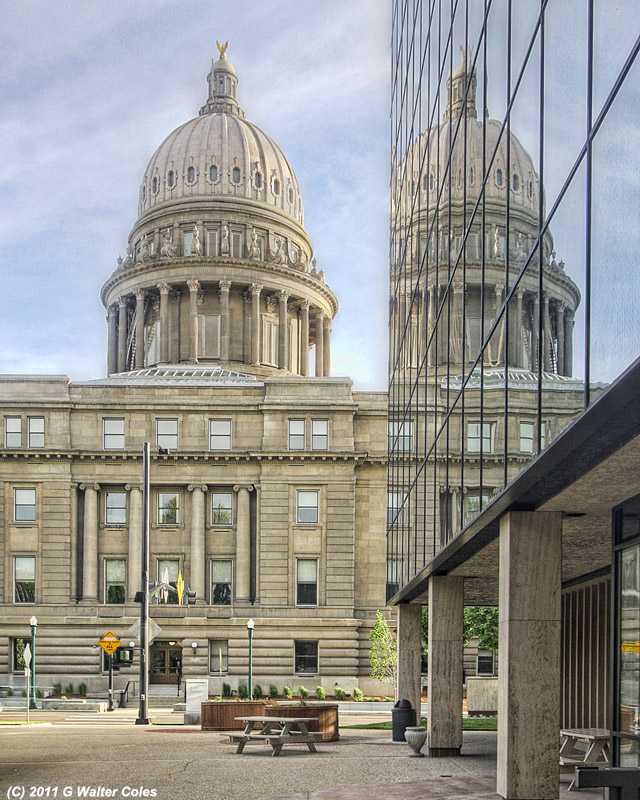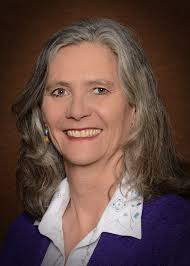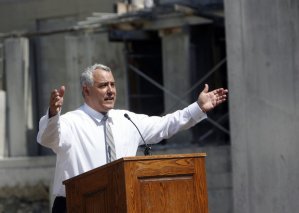Today, the Idaho Democratic Party will be holding its caucus. Senator Bernie Sanders is widely expected to win. This state went for then Senator Barack Obama by almost 80% of the vote in 2008. Boise consistently elects progressives and voluntarily taxes themselves to support local schools and the environment. Conservation enthusiasts flock to Idaho from all over the world to enjoy our pristine rivers and breathtaking peaks.
This image of Idaho may surprise most out-of-staters. Idaho always seems to go viral for the wrong reasons. Whether its anti-immigrant hatred, an intolerance for the LGBT community, or a bone-headed law.
All too often the momentum generated by a #FeelTheBern movement dies off when it comes time to elect our state representatives. Many people who caucus today will fail to realize that the real change will not come by casting your vote for in a presidential primary, but instead in local legislative races this November. Our state legislature needs to be held accountable for all the bad bills that passed this session.
Take for example, four laws that recently passed by our legislature.
Yesterday, the Idaho House of Representatives passed a bill that allows the Bible to be used for public instruction in our schools. The bible is already allowed in schools, but this bill seeks to specifically empower teachers to use the scripture to teach children about music, history, geography etc. Despite the explicit warning of the Idaho Attorney General that this measure would conflict with our state constitution, our state legislature stubbornly voted to pass this bill and role the dice on another constitutional lawsuit.
Independent of the constitutional conflicts, this bill would set a horrible precedent. Can you imagine what Idahoans would think if public teachers elected to teach the Koran or the Holy Piby (Rastafarian Bible) to our students?
While micro-managing what our children learn, our state government also plays roulette with our safety. Yesterday, Governor Otter signed into law a bill that allows permit-less carry of concealed handguns throughout the entire state. Our state previously only required a concealed carry permit in city limits. The current concealed permit carry application hardly infringed upon our 2nd Amendment Rights or creates a large burden for the applicant. And Idahoans are already allowed to open carry throughout the state.
However, despite overwhelming testimony by law enforcement officials against the measure, our overwhelming rural legislature decided to impose its will upon city residents.
Another stark example of rural legislature imposing its will upon cities is the ban on plastic bag bans. Claiming that a ban or tax on plastic bags would be “bad for business” the state legislature revoked local municipalities right to tax or ban plastic bags.
But the real slap in the face this year came from the state legislature’s ban on local municipalities ability to raise their minimum wage by voter initiative. Despite being tied for the lowest minimum wages in the nation, our state legislature revoked local municipalities ability to raise their city’s minimum wage. Consider how difficult it already is to earn a living in this state and then consider earning only $7.25 an hour in a resort town like Ketchum or Sandpoint.
These bills highlight the completely hypocritical nature of our state government. Despite being “strong” supporters of the 2nd amendment, the state legislature is quick to hobble our first amendment’s prohibition of entangling Church and State in schools. Despite rallying against federal oversight and claiming to be fiercely independent, the state legislature imposes the same heavy-handed regulation it fears upon local municipalities.
Thus, its my hope that the same enthusiasm Idahoans will show for a candidate who champions a more fair society will be maintained to hold our local legislators accountable this November.




